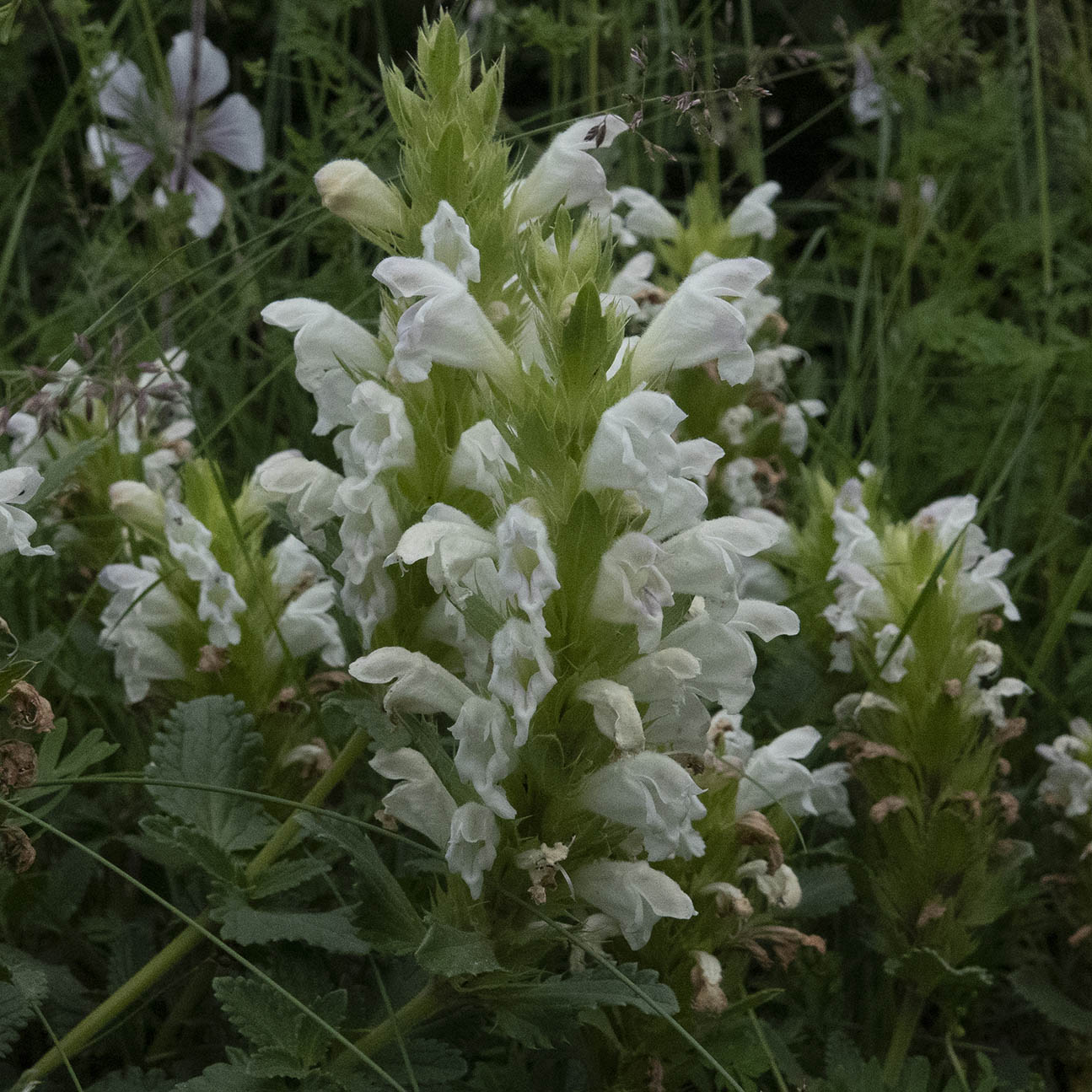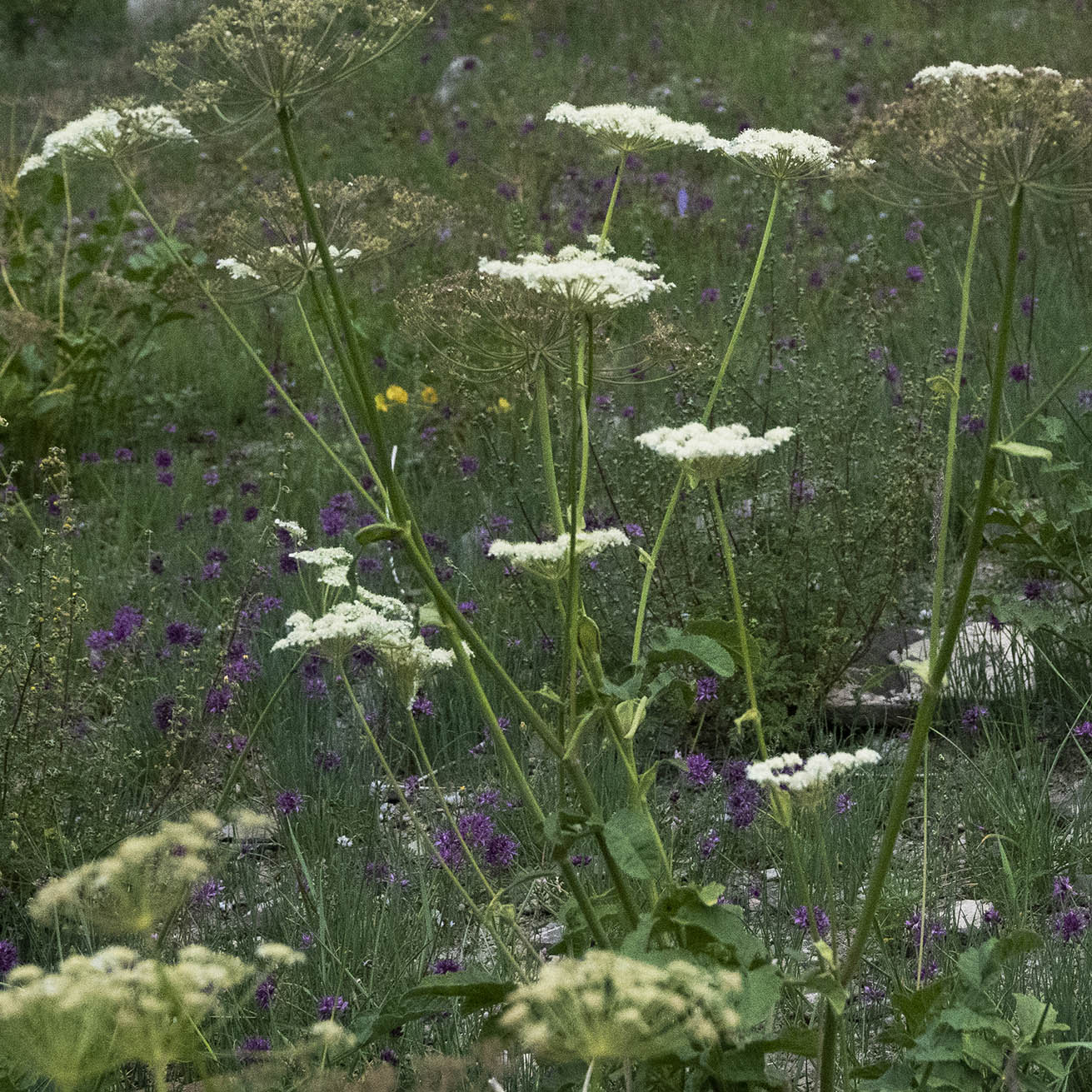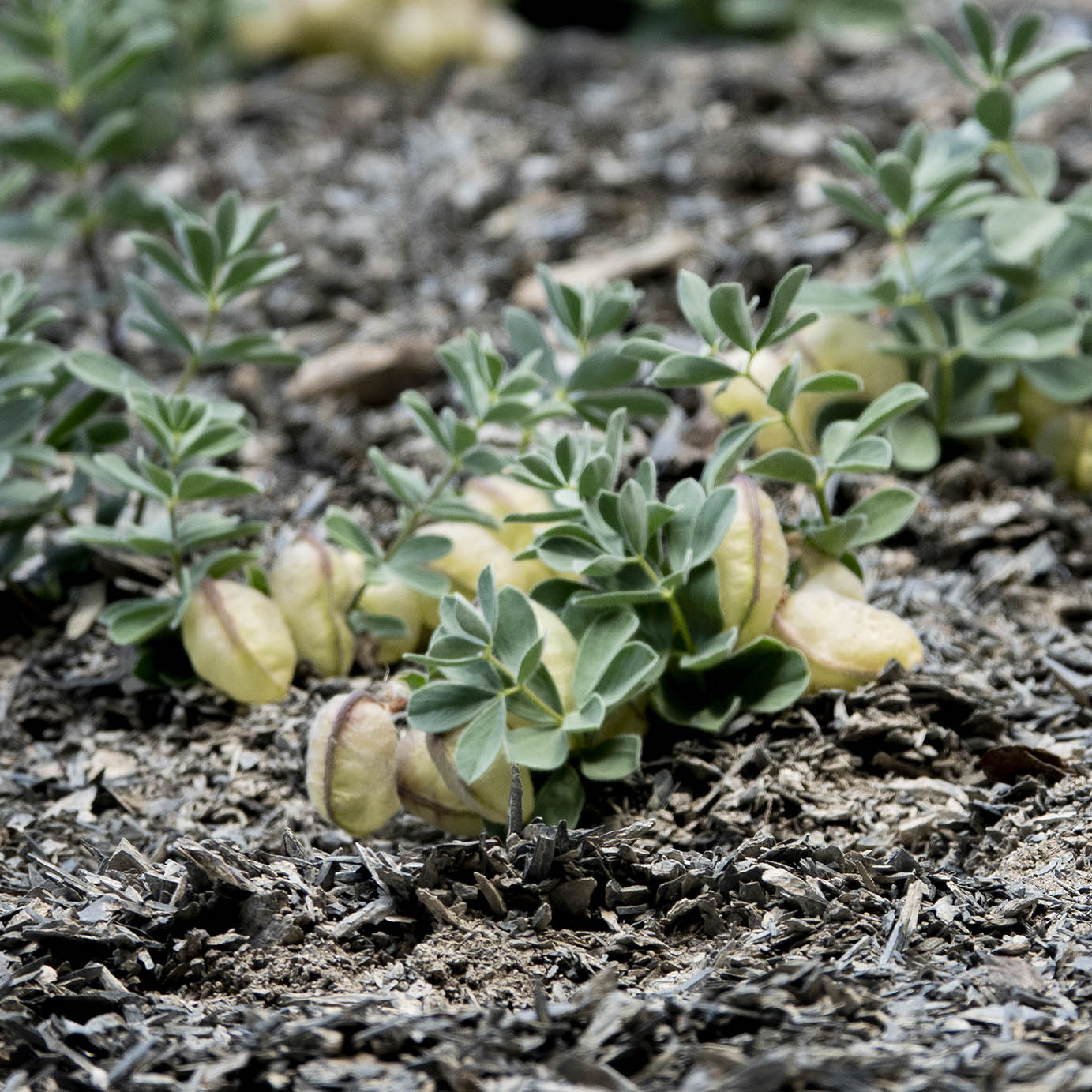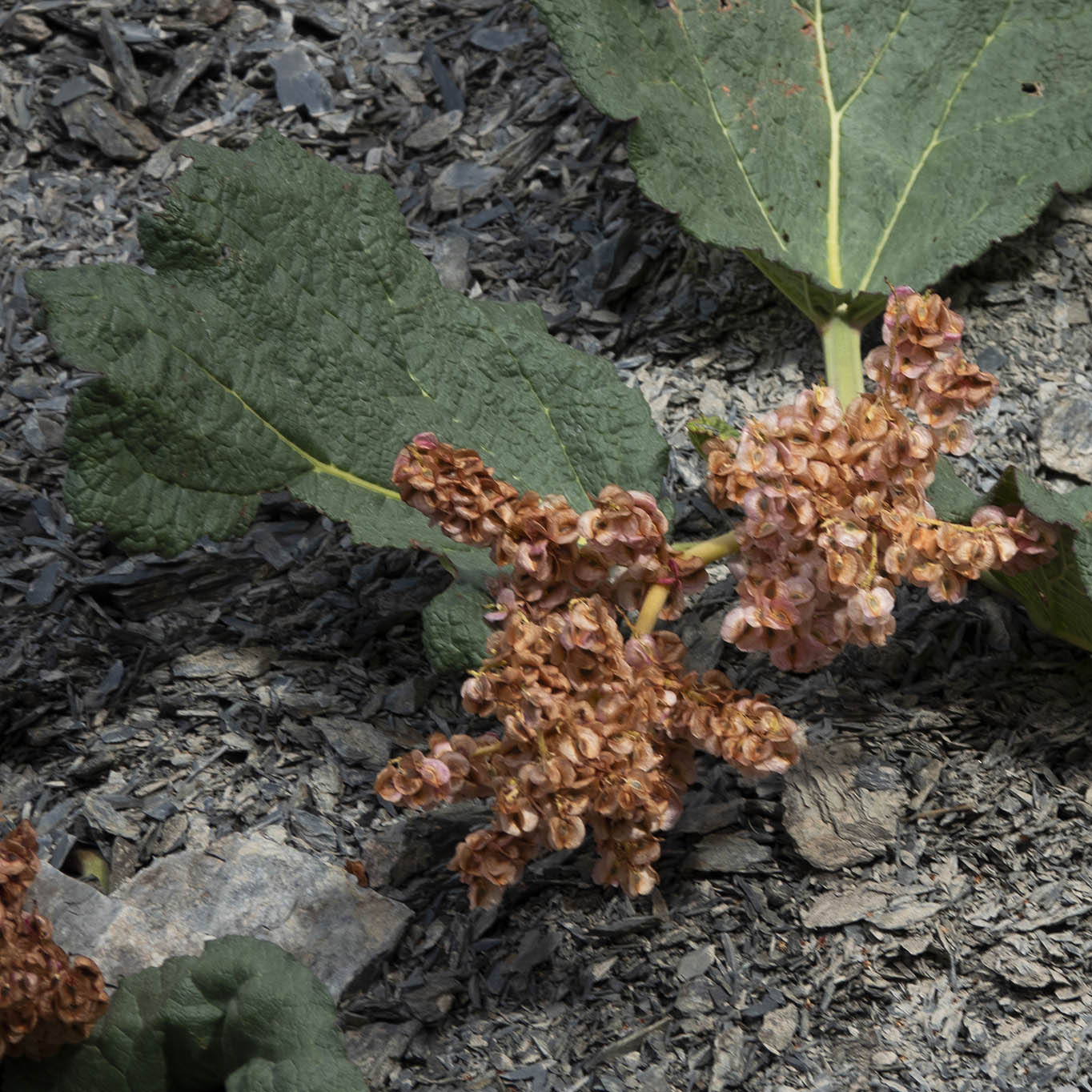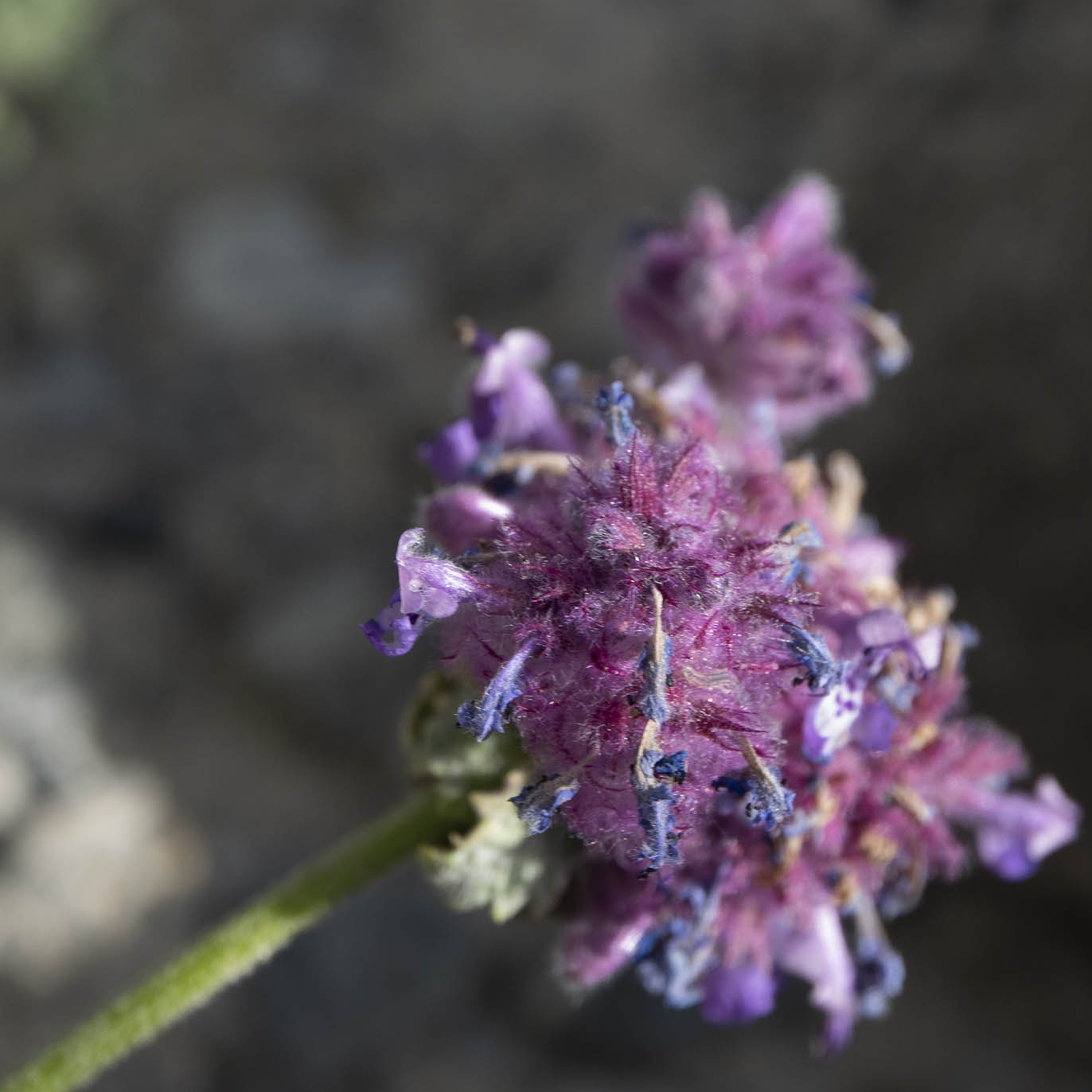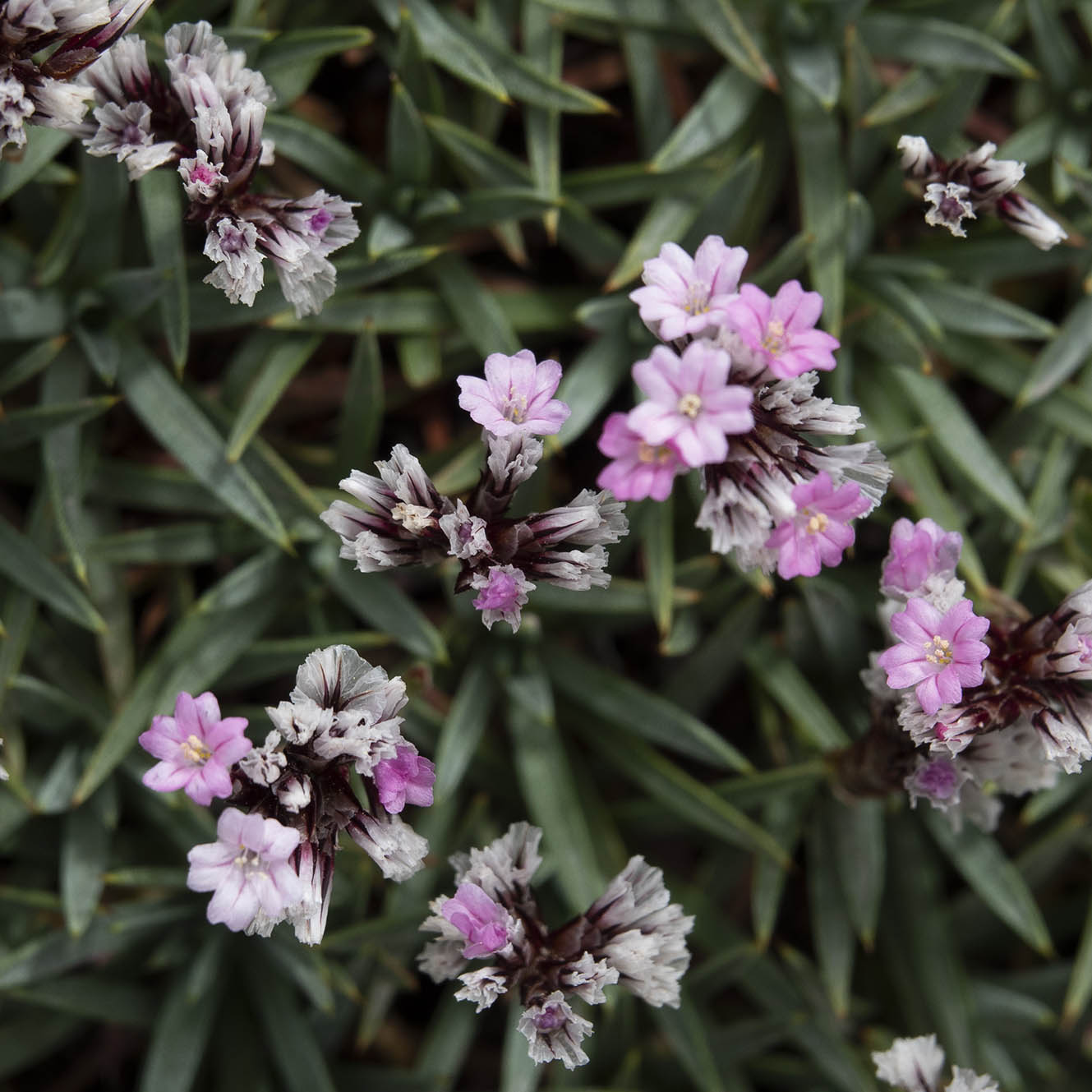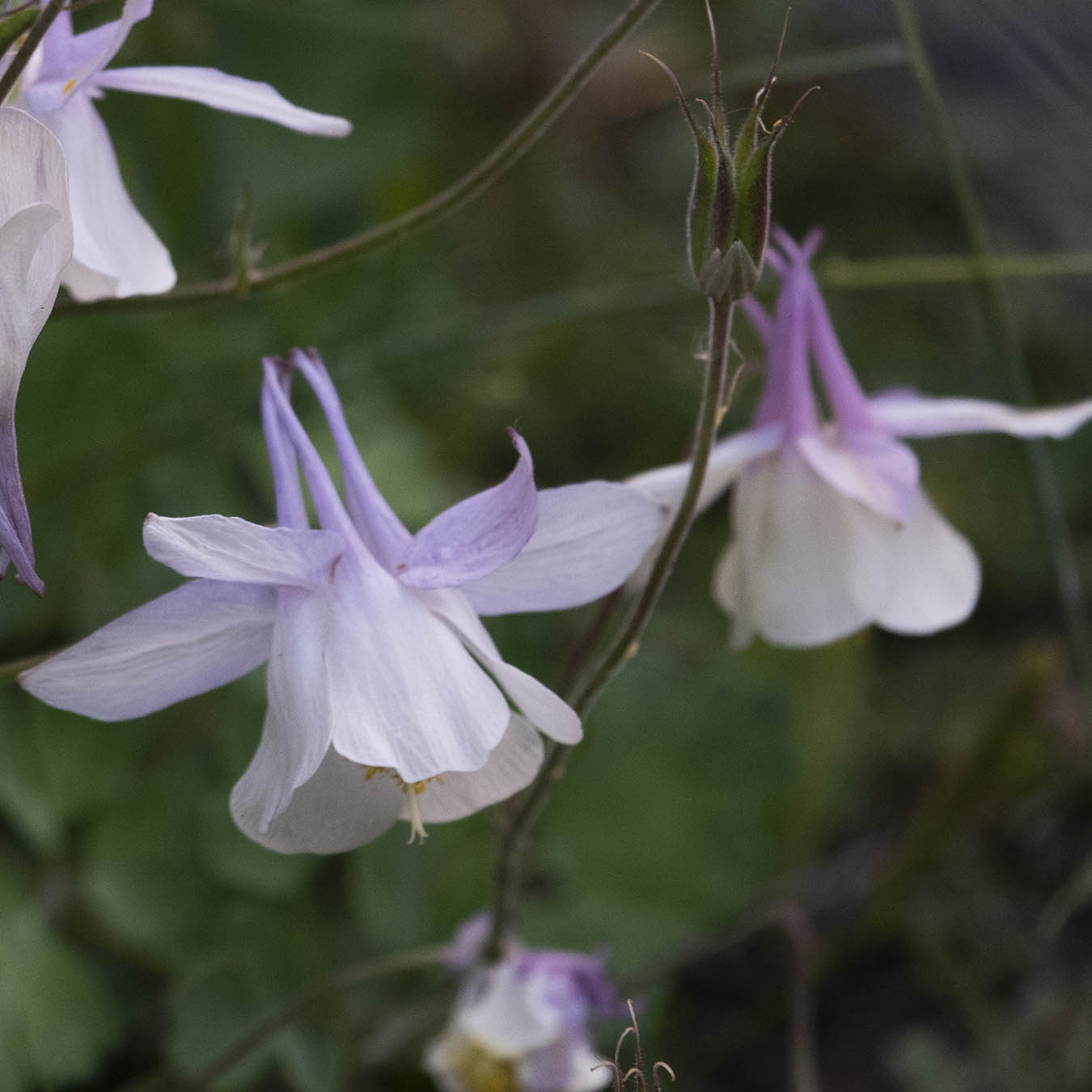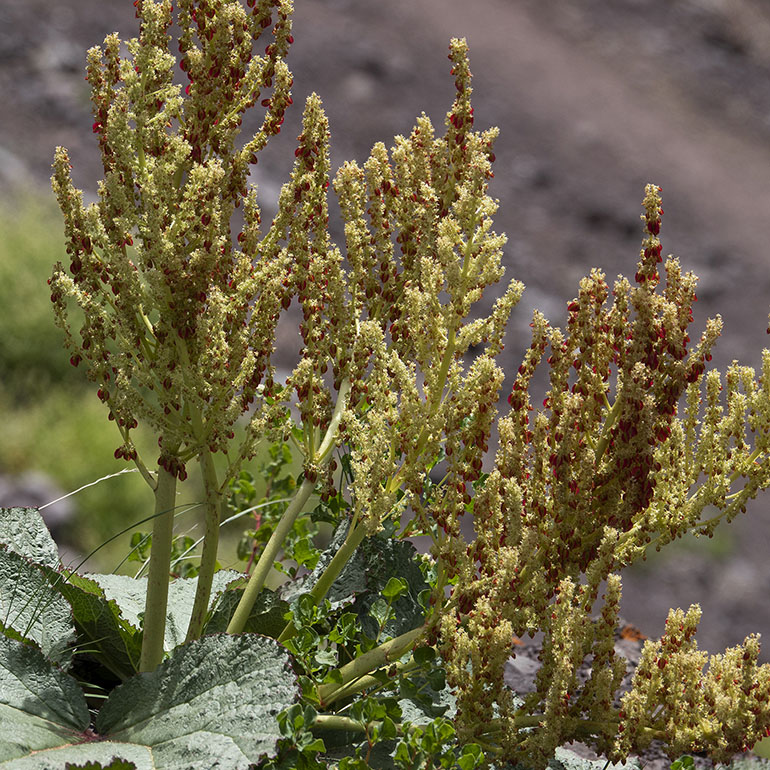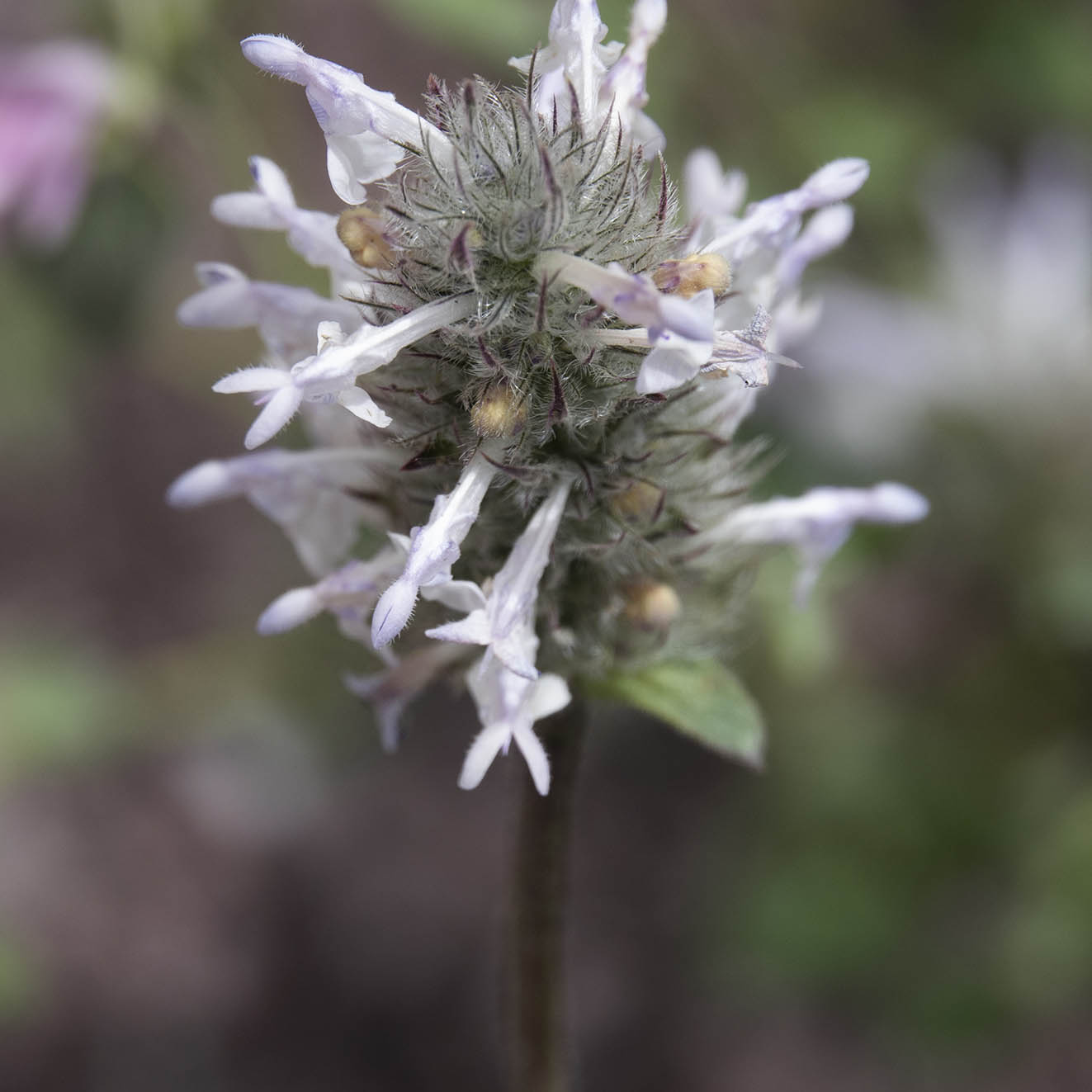Ladakh is a part of Biogeographic zone 1A of India, which is called the Trans Himalayas which covers over 92000 square kilometers. Being a cold desert at a high altitude, the region doesn't get much rain which makes it hard for plants and animals to thrive. Even though it might seem like there aren't many animals there, there are actually over 700 kinds of plants, mostly small ones like herbs and shrubs. People have seen around 33 different kinds of mammals in Ladakh, but some, like the Himalayan weasel and Musk deer, haven't been spotted since 1960.
A Lot of birds migrate to Ladakh throughout the year, with about 276 different species stopping by. Interestingly, Ladakh is the only place in India where the Black-necked crane nests and raises its young.
The animals you find in eastern Ladakh are mostly influenced by the Tibetan Plateau, while the ones in the Himalayas and central Asia have influence on the western parts of the region. There are eight different kinds of wild sheep and goats living here, making it a really diverse assimilation of these animals.
THE ANIMALS
Listed below is a detailed list of all the animals found in the Ladakh region. A majority of them are native to the Rumbak region which is in close proximity to the high-altitude Hemis National Park.
- Blue Sheep (Bharal / Napo/ Na)
Pseudois nayaur nayaur - Tibetan Antelope (Chiru / Stzos)
Pantholops hodgsonii - Ladakh Urial (Shapo / Sha)
Ovis vignei - Tibetan Argali / Great Tibetan Sheep (Nyan)
Ovis ammon hodgsoni - Asiatic Ibex / Himalayan Ibex / Siberian Ibex (Skin)
Capra ibex sibirica - Tibetan Gazelle (Goa)
Procapra picticaudata - Wild Yak (Dong)
Bos grunniens - Tibetan Wild Ass (Kiang)
Equus kiang kiang - Snow Leopard (Shan)
Uncia uncia - Lynx / Eurasian Lynx / Himalayan Lynx (Eeh)
Lynx isabellina/ Felis lynx/ Lynx lynx - Pallas’s Cat (Trakshan)
Otocolobus manul / Felis manul - Tibetan Wolf / Himalayan Wolf (Changu)
Canis lupus chanku - Tibetan Wild Dog / Dhole (Phara)
Cuon alpinus - Red Fox / Hill Fox / Tibetan Fox (Whatse)
Vulpes vulpes - Himalayan Brown Bear (Den-mo)
Ursus arctos isabellinus - Stoat / Himalayan Stoat (Lakimo)
Mustela erminea - Mountain Weasel (Lakimo)
Mustela altaica - Stone Marten / Beech Marten / House Marten (Kogar)
Martes foina / Mustela foina - Eurasian Otter (Chusham)
Lutra lutra - Himalayan Marmot (Phia)
Marmota himalayana - Long tailed Marmot / Red Marmot/ Kashmir Marmot (Phia)
Marmota caudata - Silver Mountain Vole (Zabra)
Alticola argentatus - Royle’s Mountain Vole (Zabra)
Alticola roylei - Stoliczka’s Mountain Vole (Zabra)
Alticola stoliczkanus - Cape Hare / Brown Hare (Ribong)
Lepus capensis - Woolly Hare / Tibetan Hare / Highland Hare (Ribong)
Lepus oiostolus - Plateau Pika / Black-lipped Pika (Zabra)
Ochotona curzoniae - Ladakh Pika / Ladakh Mouse Hare / Stoliczka’s Pika (Zabra)
Ochotona ladacensis - Nubra Pika / Nubra Mouse Hare (Zabra)
Ochotona nubrica - Large-eared Pika / Large Mouse Hare (Zabra)
Ochotona macrotis - Royle’s Pika / Himalayan Mouse Hare / Indian Pika / Tibetan Mouse Hare
(Zabra)
Ochotona roylei
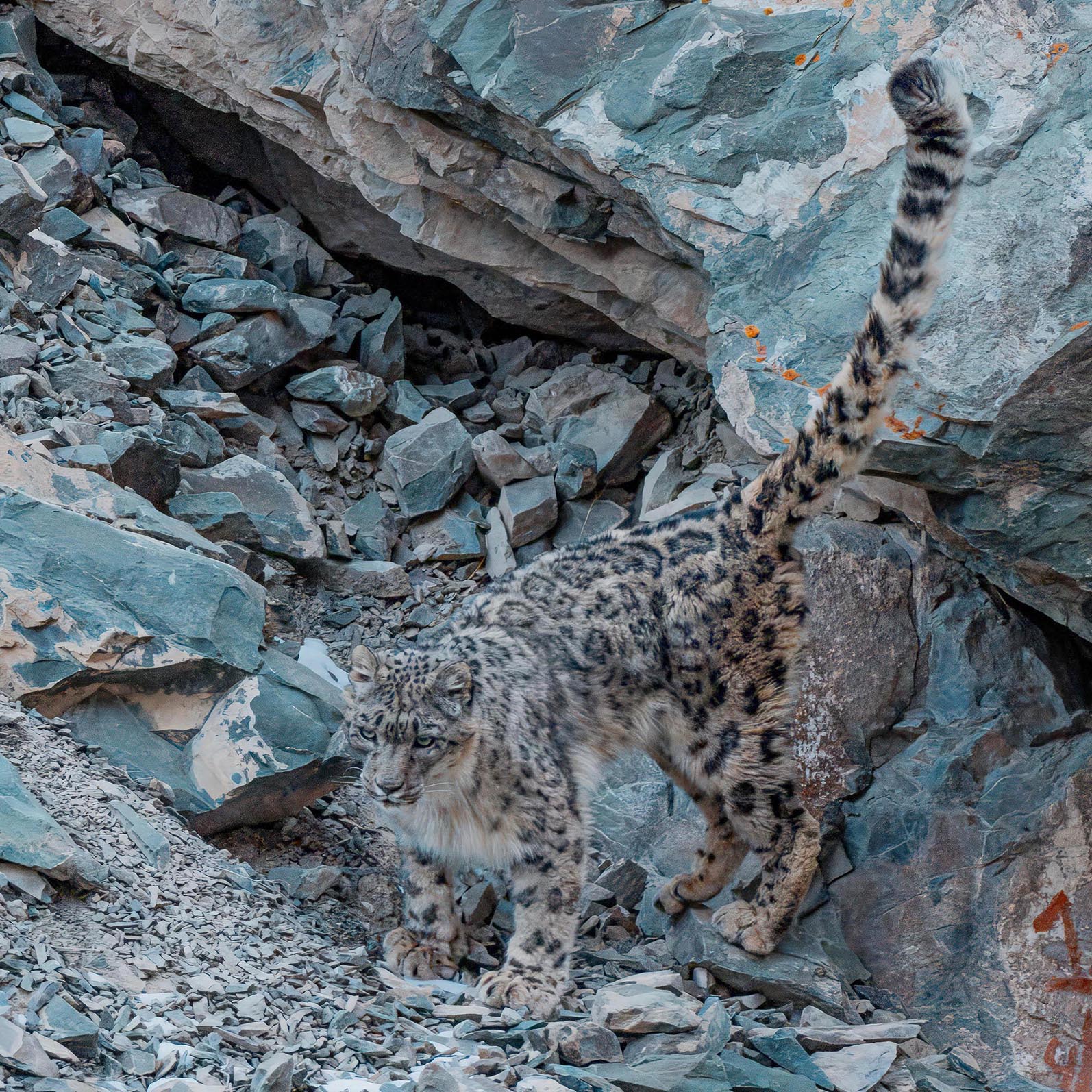
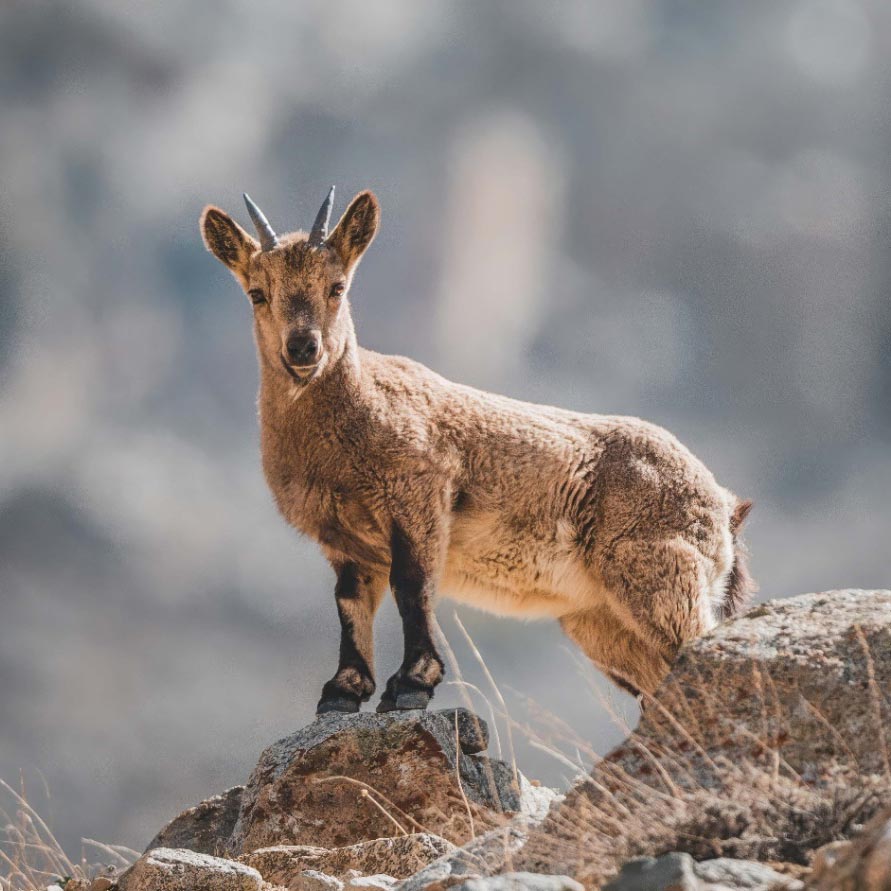
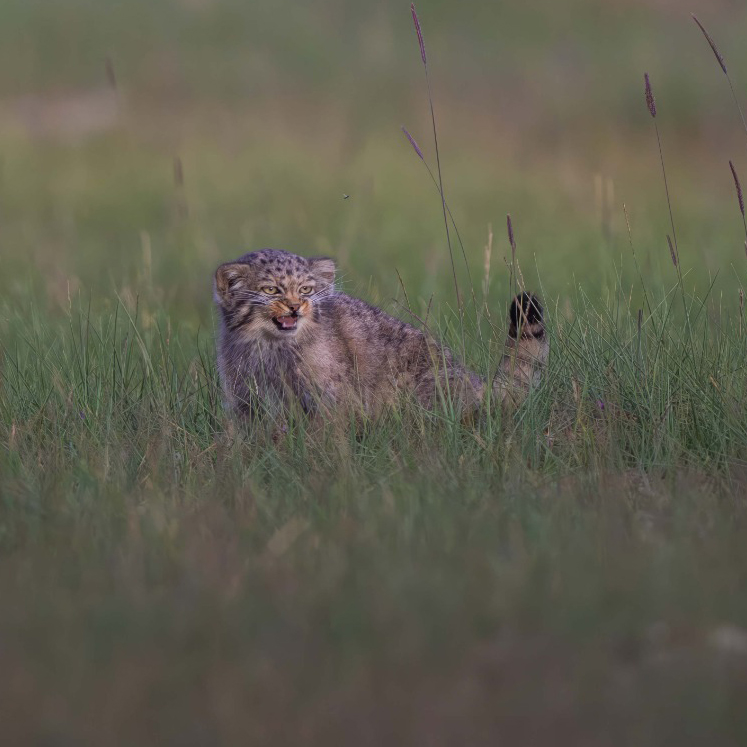
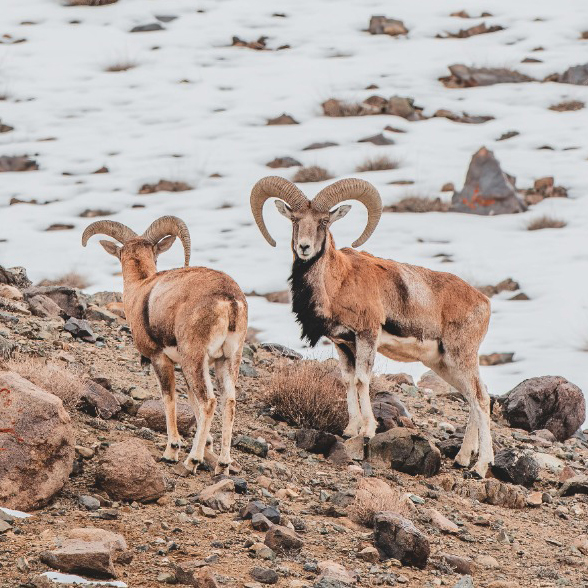
The captivating region of Ladakh, nestled amidst the grandeur of the Himalayas and the Karakoram Range, is defined by its dramatic landscape and harsh climatic conditions. The mighty Indus River traverses its terrain from north to south, carving its way through a rugged gorge flanked by the Zanskar and Ladakh ranges. Ladakh, characterized by short summers, prolonged winters, and scant rainfall bears the hallmarks of a high-altitude desert.
Otto Pfister, the renowned Swiss ornithologist who has devoted decades to studying Ladakh's avian population, categorizes the birds into four distinct groups. The resident species, acclimated to breeding at extreme altitudes, may descend to the lower Ladakhi plains during the winter months. Migrant species, comprising summer, winter, and passage migrants, navigate Ladakh's airspace through various routes. Summer migrants arrive during April and May to breed before departing by the end of August. Winter migrants, originating mainly from the northern Palearctic, seek refuge in Ladakh between October and early December to endure the winter. Passage migrants traverse Ladakh either in spring (March-May) or autumn (August-November), utilizing it as a crucial stopover point in their migratory journey.
THE BIRDS
Listed below is a list of most of the birds found in the Ladakh region. Quite a few of them can be spotted in the Rumbak region which is in close proximity to the high-altitude Hemis National Park.
- Great Crested Grebe (Changa–rankest)
Podiceps cristatus - Red-Crested Pochard (Marzangmo)
Netta rufina - Black-necked Crane (Cha Thung Thung Karmo)
Grus nigricollis - Bar-headed Goose (Nangpa)
Anser indicus - Ruddy Shelduck / Brahminy Duck (Muru)
Tadorna ferruginea - Garganey (Sikkar)
Anas querquedula - Northern Shoveler (Khamchu Kham)
Anas clypeata - Gadwall (Jugnagma)
Anas strepera - Eurasian Wigeon (Gobrakpa)
Anas penelope - Ferruginous Pochard (Ghustat)
Aythya nyroca - Common Snipe (Tingtilling)
Gallinago gallinago - Common Redshank (Kyalechit)
Tringa totanus - Ruff (Tingrilmo)
Philomachus pugnax - Black-winged Stilt (Tabia)
Himantopus himantopus - Pied Avocet (Khamchuganlok)
Recurvirostra avosetta - Ruddy Turnstone (Tangnak Ldogbi)
Arenaria interpres - Green Sandpiper (Ldokbi)
Tringa ochropus - Marsh Sandpiper (Tselay Ling)
Tringa stagnatilis - Lesser Sand Plover (Mignagtsellay)
Charadrius mongolus - Black-tailed Godwit (Thingril Jognak)
Limosa limosa - Red-necked Phalarope (Jingmar)
Phalaropus lobatus - Common Tern (Niaza)
Sterna hirundo - Golden Eagle (Laknak / Nele / Gyab-Lak)
Aquila chrysaetos - Lammergeier / Bearded Vulture (Skiaklag / Tangcar)
Gypaetus barbatus - Himalayan Griffon (Thankar)
Gyps himalayensis - Steppe Eagle (Lhak / Rewgyab)
Aquila nipalensis - Pallas's Fish Eagle / Fishing Eagle (Nyallak)
Haliaeetus leucoryphus - Osprey (Nyallak Thawo)
Pandion haliaetus - Upland Buzzard (Nyllsy Muoqpo)
Buteo hemilasius - Common Kestrel (Thha)
Falco tinnunculus - Brown-headed Gull (Nayagar)
Larus brunnicephalus - Grey Heron (Bainlong)
Ardea cinerea - Pallas's Gull (Towgarma)
Larus ichthyaetus - Glossy Ibis (Charakpa)
Plegadis falcinellus - Ibisbill (Tunglakma)
Ibidorhyncha struthersii - Common Coot (Hanta Chanluk)
Fulica atra - Common Kingfisher (Ngya-Za)
Alcedo atthis - Oriental Turtle Dove (Kamru / Gondil)
Streptopelia orientalis - Blue Rock Pigeon (Phurgon)
Columba livia - Snow Pigeon (Bujul, Phurgon)
Columba leuconota - Eurasian Eagle Owl (Ugpa)
Bubo bubo - Little Owl (Ugpa)
Athene noctua - Red-billed Chough (Chunka-Khamar)
Pyrrhocorax pyrrhocorax - Yellow-billed Chough (Chunka-Kasher)
Pyrrhocorax graculus - Tibetan Snowcock (Ticok / Te-ok / Congmo)
Tetraogallus tibetanus - Himalayan Snowcock (Ripja / Kong-mo-jukar)
Tetraogallus himalayensis - Tibetan Sandgrouse (Caling / Kagaling)
Syrrhaptes tibetanus - Tibetan Partridge (Shagpa-giao / De-shrak)
Perdix hodgsoniae - Black-billed Magpie (Katang-putit)
Pica pica - Common Hoopoe (Hututusay / Utu-tutse / Pupuk-shele)
Upupa epops - Alpine Swift (Kalakukti)
Tachymarptis melba - Great Rosefinch (Lama-chipa / Ichu-gomar)
Carpodacus rubicilla - Horned Lark (Chipa-gut / Up-tshakir)
Eremophila alpestris - Common Redstart (Kyakchit)
Phoenicurus phoenicurus - Black Redstart (Tsilder / Santig-nagpo)
Phoenicurus ochruros - White-winged Redstart (Sintic / Santic / Tsentic)
Phoenicurus erythrogaster - Citrine Wagtail (Sterzi / Star-zee)
Motacilla citreola - Robin Accentor (Bangma-tsildir / Tseldir / Bang-tsil)
Prunella rubeculoides - Desert Wheatear (Chiu-logzi)
Oenanthe deserti
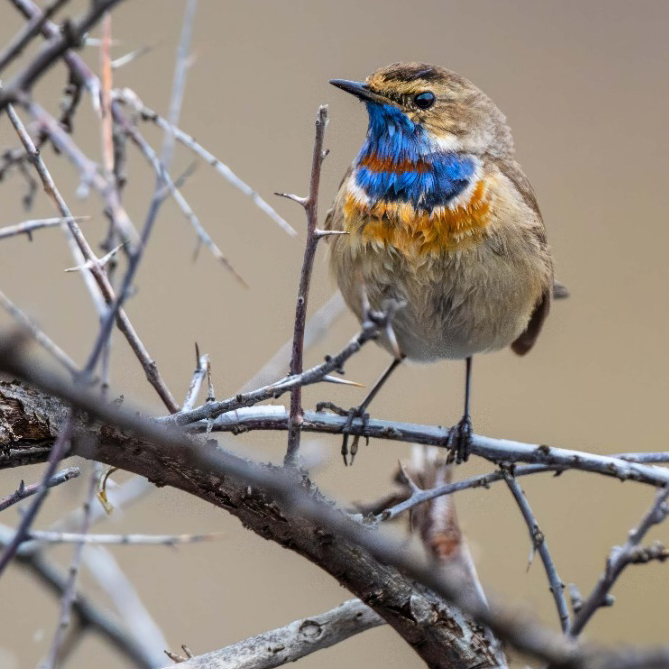
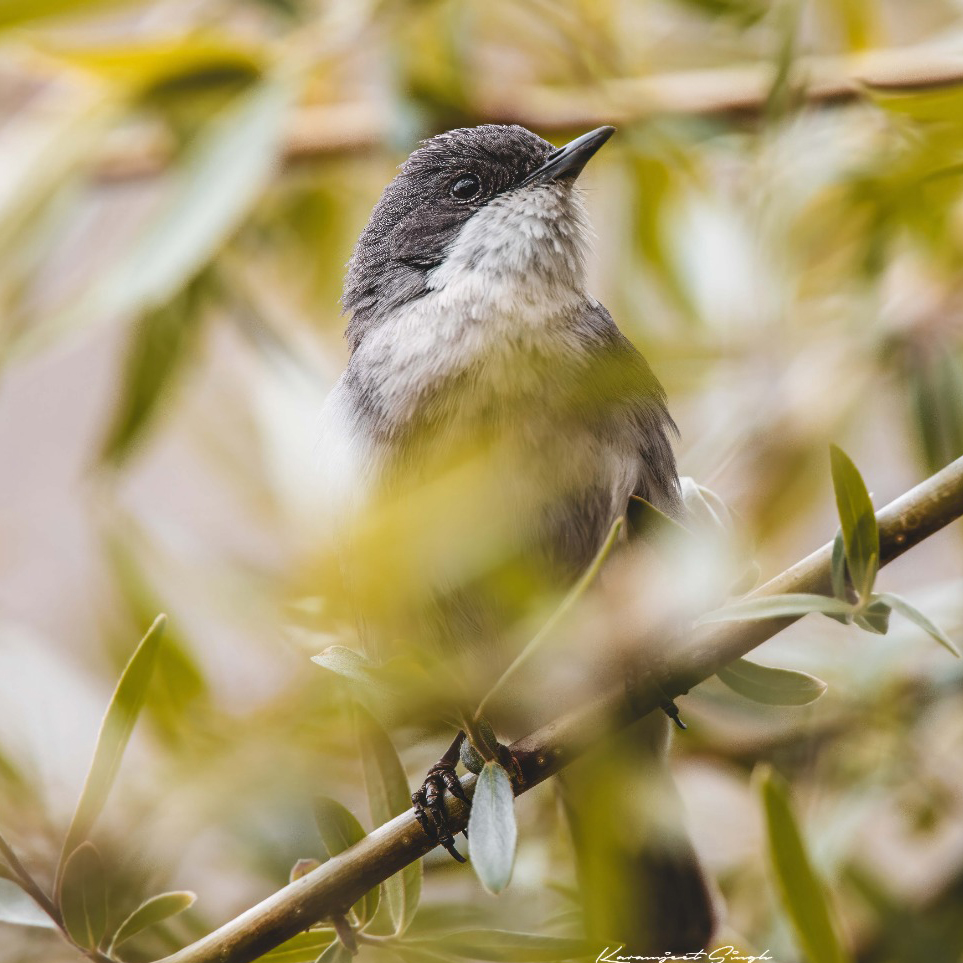
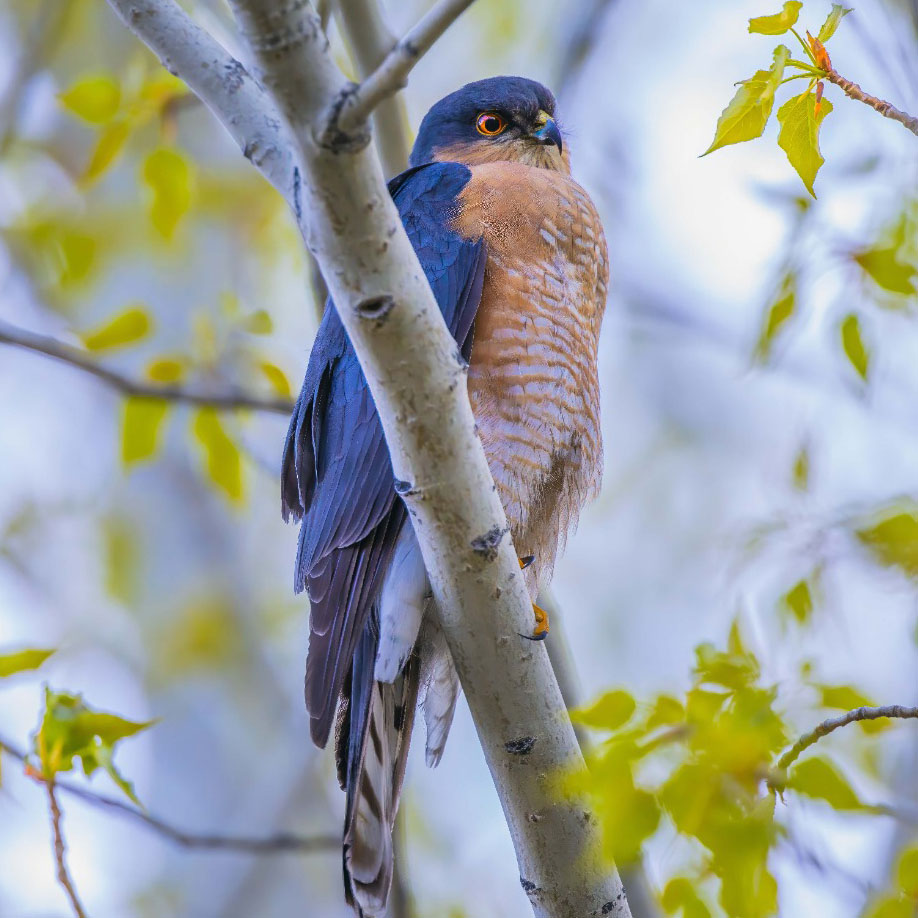
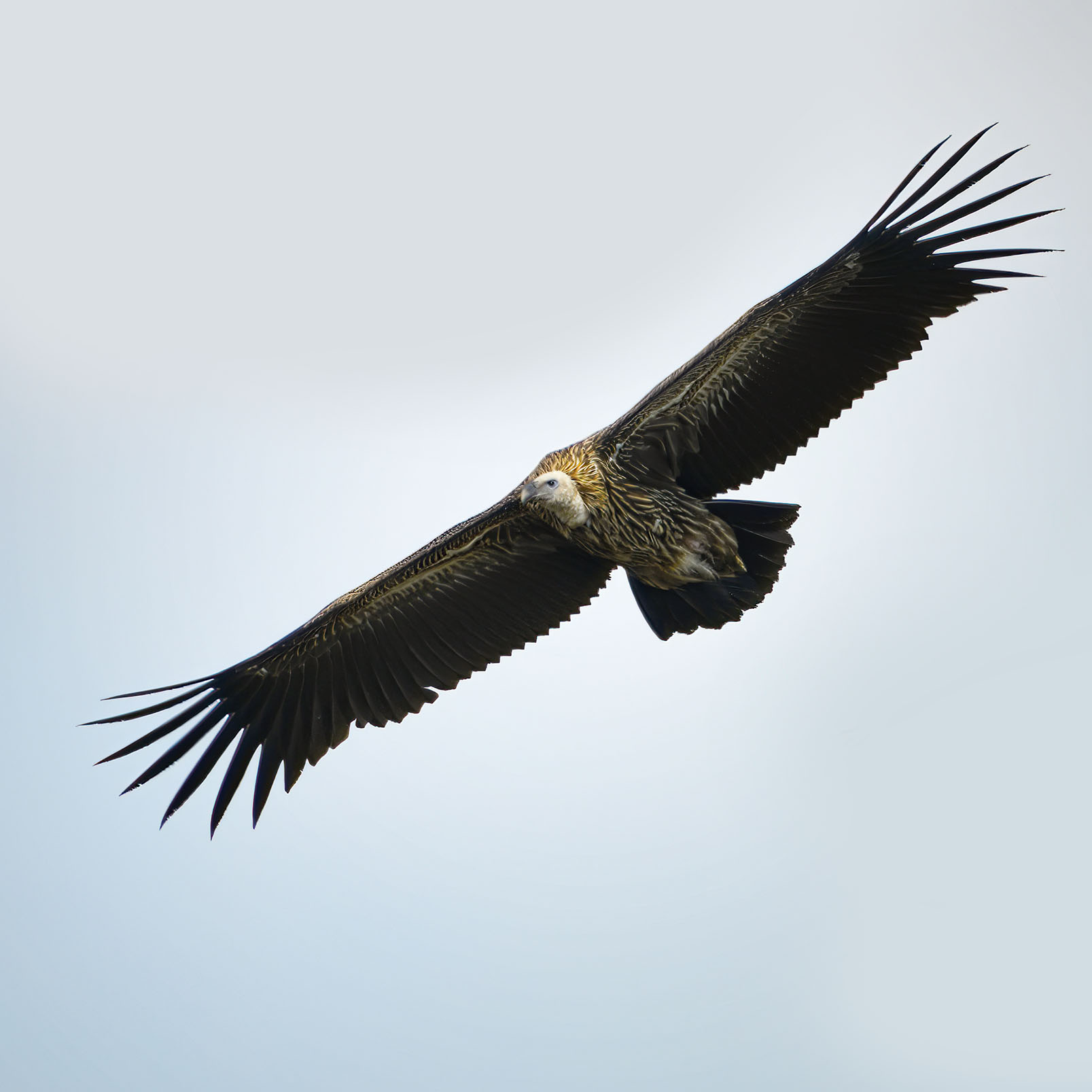
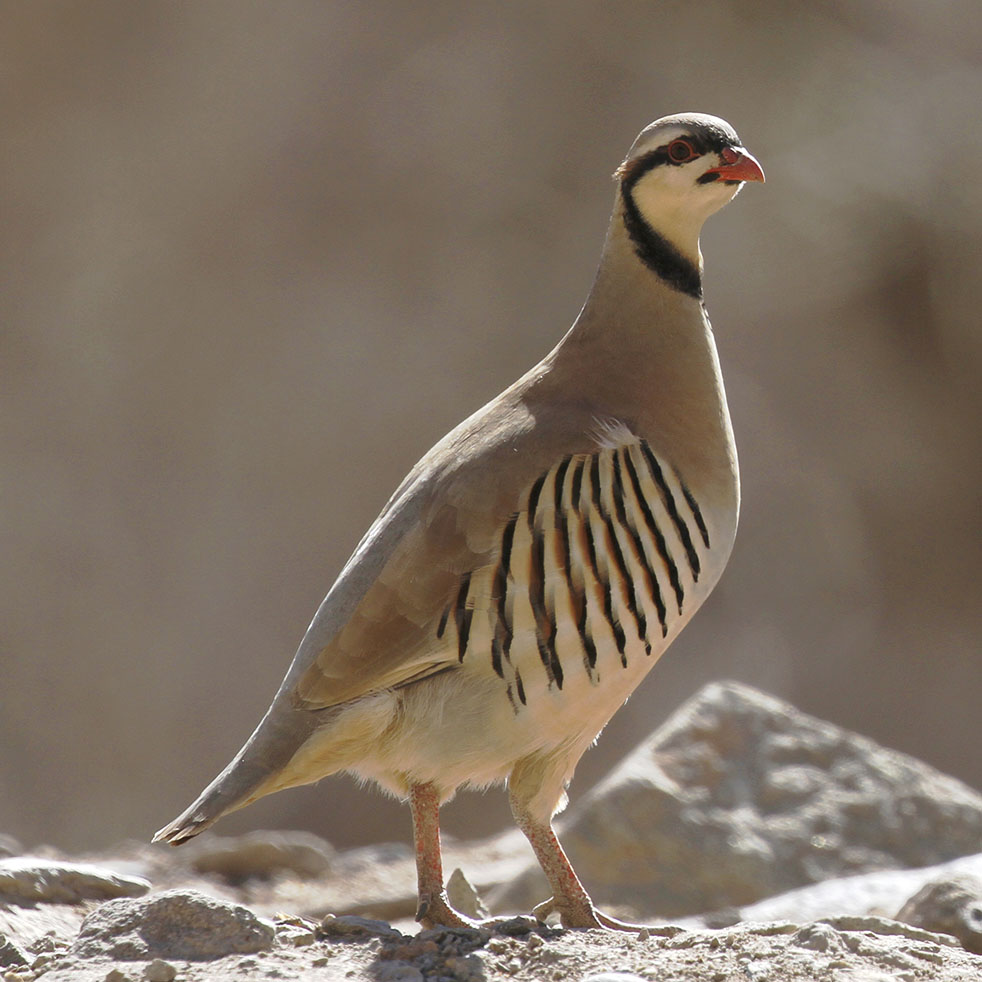

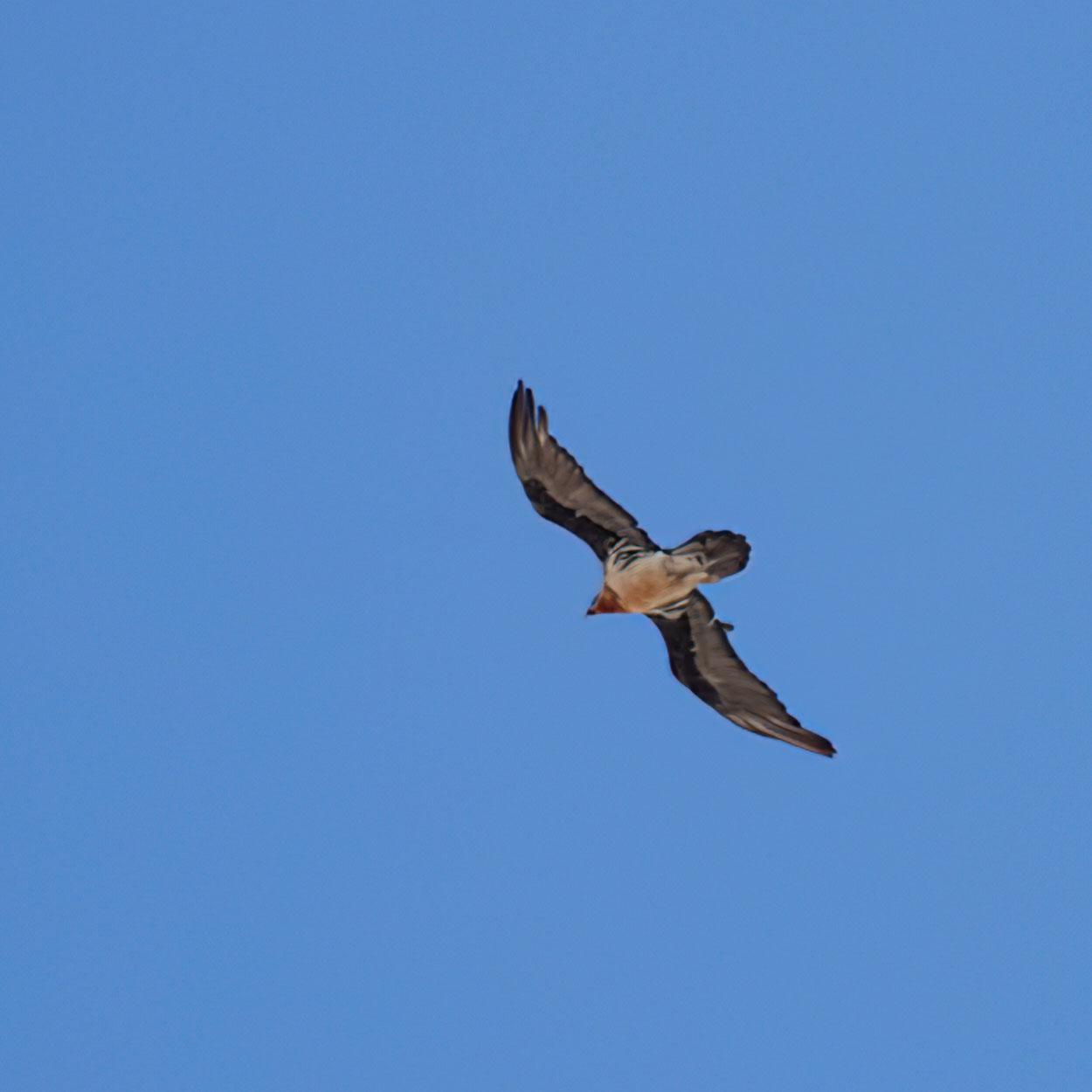
Throughout history, plants have been vital for humans, providing food and other essentials. The Himalayas, with their unique climate and varying altitudes, are home to a rich variety of plants that play a crucial role in the lives of the people living there, more than anywhere else in the world. In the cold desert areas of Ladakh, heavy snowfall makes them inaccessible for about six months each year, and winters can be extremely cold, with temperatures dropping below -35°C, while summers can be hot, reaching up to 40°C. In Ladakh, we can categorize the cold desert areas into five major valleys: Indus, Nubra, Changthang, Suru and Zanskar which lie along the major rivers such as Indus, Shyok, Nubra, Zanskar and Suru rivers.
NATIVE FLORA
This is a list of all the native flora found in the Ladakh himalayan region. A majority of them can be found in the Rumbak region which is in close proximity to the high-altitude Hemis National Park.
- Lycopodium Prickly Thrift (Longze)
Acantholimon lycopodioides - Yarrow/ Milfoil (Chuang)
Achillea millefolium - Aconite / Atees (Bona-Karpo)
Aconitum heterophyllum - Aconite / Patees (Bona-Nagpo)
Aconitum violaceum - Wild Garlic (Koshuk / Skotche)
Allium carolinianum - Woolly Pearly Everlasting (Phulumentock / sPra-rgod) - Anaphali
triplinervis - Columbine
Aquilegia fragrans - Ratanjot (Demok / Dre-mog)
Arnebia euchroma - Ratanjot (Demok)
Arnebia guttata - Wild Aster (Niamentok / Me-tog lug-mig rigs-gnyyis-pa) - Aste
flaccidus - Barberry (Khizer / Kiraring)
Berberis ulicina - Pashanbhed (Tiang)
Bergenia stracheyi - Fragrant Yellow Geranium (Khardung)
Biebersteinia odora - Caper Bush (Kabra)
Capparis spinosa - Palash (Trama)
Caragana versicolor - Caraway (Kosnyot / Go-Snyod)
Carum carvi - Elegant Musk-Mustard
Chorispora sabulosa - Afghani Christolea (Sanak)
Christolea crassifolia - Himalayan Chrysanthemum (Serpan)
Chrysanthemum pyrethroides - Wild Gram (Seri / Srad-kar)
Cicer microphyllum - Clematis Bonnet Bellflower (Burrkutang / Mokhting) - Codonopsi
clematidea - Hirantutia (Tukapa)
Colchicum luteum - Dense-Raceme Corydalis (Stong-Zil)
Corydalis govaniana - Spotted Heart Orchid, Salampanja (Ambolakpa) - Dactylorhiz
hatagirea - Himalayan Larkspur (Lunde-Kaown)
Delphinium brunonianum - Himalayan Larkspur (Lunde-kaown)
Delpinium cashmerianum - White Dragonhead (Zinkzer / Zypsi)
Dracocephalum heterophyllum - Globe Thistle (Aczema)
Echinops cornigerus - Somlata (Chhapat)
Ephedra gerardiana - Eyebright (Kangchuk)
Euphrasia officinalis - Wild hing (Chuklam)
Ferula jaeschkeana - Whitish Gentian (Tiktas)
Gentiana algida - Meadow Cranesbill (Gugchuk / Ga-dur)
Geranium pratense - Pinnate-Leaved Hogweed (Spru)
Heracleum pinnatum - Seabuckthorn (Tsermang / Sastalulu)
Hippophae rhamnoides - Tibetan Seabuckthorn (Tsermang / Sastalulu)
Hippophae tibetana - Henbane (Gay – Lantang / Rhang phrom lang- tangrtse) - Hyoscyamu
Niger - Pushkarmool (Manu)
Inula racemosa - Wild Iris (Tesmamentok)
Iris lactea - Common Juniper (Shukpa)
Juniperus indica - Depgul / Chinese Milkwort (Raikse / Chagna / sPa-yang rtsa-ba) -
Lance
tibetica - Protruding Style Lindelofia (Makpen)
Lindelofia stylosa - Himalayan Edelweiss (Palu)
Leontopodium nanum - Himalayan Blue Poppy (Achatsermum)
Meconopsis aculeata - Woolly Catmint (Shamalolo or Shangukaram)
Nepeta floccosa - Long-Bract Catmint (Prianku)
Nepeta longibracteata - Mountain Sorrel (Lamanchu / Chu-lchum)
Oxyria digyna - Small Leaved Locoweed (sTag-sha nagpo)
Oxytropis macrophylla - Horned Lousewort (Piaseng)
Pedicularis bicornuta - Long Tube Lousewort (Phakchang / Lughru-ser-po) - Pediculari
longiflora - Wild Rue (Sepan)
Peganum harmala - Tall Physochlaina (Langthang)
Physochlaina praealta - Himalayan Mayapple (Demokusu / Papra / Olmose) - Podophyllu
hexandrum /span>li>- Primrose (Sulumentok / Kalche-karpa)
Primula macrophylla- Apricot / Khubani (Chuli)
Prunus armeniaca- Three-Finger Buttercup (Sharchang or Chu-rug sbal-lag) - Ranunculu
tricuspis- Himalayan Rhubarb / Revanchini (Lachhu)
Rheum spiciforme- Himalayan Rhubarb / Revanchini (Lachhu / Chu-rtsa) - Rheu
webbianum- Golden Arctic Root, Rose Root (Shrolo)
Rhodiola imbricata- Wild Rose (Shayh)
Rosa ecae- Wild Rose (Siah)
Rosa webbiana- Pseudo Brahma Kamal (Span-rtsa-do-bo / Jar-bag) - Saussure
bracteata- Costus, Kuth (Rustha)
Saussurea lappa- Shrubby Ajania (Khamchu)
Tanacetum gracile- Dandelion (Han)
Taraxacum officinale- Golden Alpine Sandwort (Tagaracan)
Thylacospermum caespitosum- Jangli Ajwain / Wild Thyme (Tumbrak)
Thymus serpyllum- Stinging Nettle / Bichhu Buti (Dzatsutt / Zozot) - Urtic
hyperborean- White-Leaf Ground Daisy (Makungla / Palu)
Waldheimia tomentosa - Primrose (Sulumentok / Kalche-karpa)
